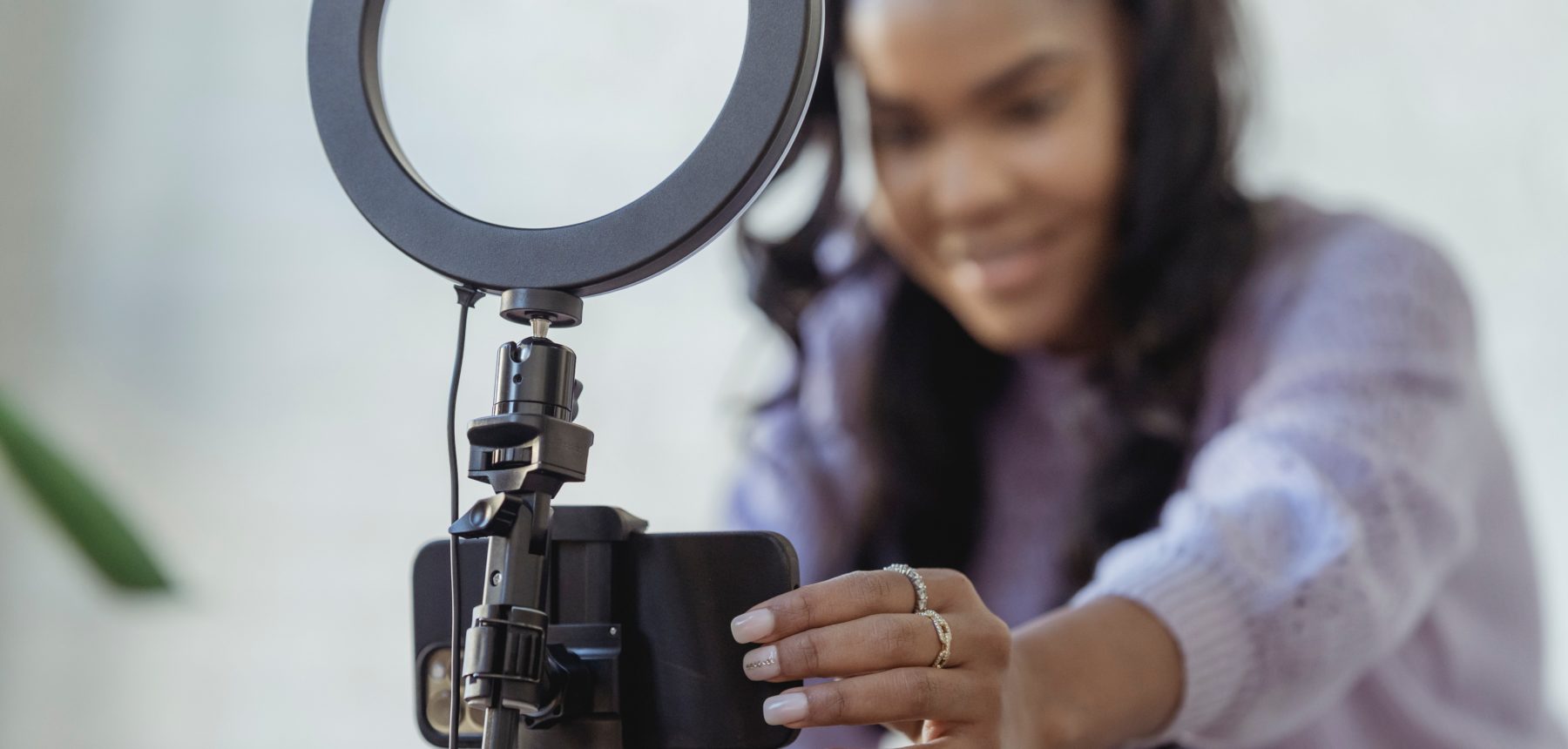5 Tips for Navigating the Creator Economy

With 50 million independent content creators, an estimated market size of over $3B, and tech platforms collectively sending the message that “there’s no better time to be a creator,” the creator economy is here to stay.
Back in 2007, YouTube was the first player to start rolling out features that allowed creators to monetize content based on ad revenue. Other tech companies followed suit, building out internal teams solely dedicated to creators with the goal of continually bringing buzz-worthy content to life, keeping people engaged, and increasing daily active users (DAUs) on their platforms. The foundations of this industry have been growing for more than a decade but, with the pandemic forcing many industries to go completely digital, the past 2 years have supercharged the market.
We live in an attention economy where consumers are bombarded everyday by content from brands, micro-influencers, and celebrities. Users increasingly skip or tune out the ads in favor of engaging with messengers they trust. We’re not saying that paid advertising isn’t still a key part of a campaign’s success. It absolutely is. But it has become more difficult to engage target audiences with ads, and social platforms continue to restrict cause-based advertising for political candidates, advocacy campaigns, and companies. Therefore, more brands are looking to creators, influencers, and key opinion formers (KOFs) as a core part of their messaging strategy.
Here are five things to keep in mind as you consider the role of creators in your campaign.
- Expand your definition of a “creator.” When we think of creators, often what comes to mind are video-first platforms like YouTube and TikTok. But a creator can be anyone who produces original content and has built a business around their online following. Just like the first YouTube creators built a following with reaction videos, makeup tutorials, and gaming livestreams, now creators are stirring rousing debates on WhatsApp threads, starting niche podcasts, sharing their mental health experiences on Instagram, and teaching classes on SkillShare. Community leaders are turning to Twitter Spaces for thought leadership and journalists are building an independent subscriber base on SubStack. Creators are everywhere – and your audience is right there with them. For international campaigns, remember to work with local creators on market-specific platforms, like Sina Weibo, to show up authentically.
- Quality over quantity. Number of followers isn’t everything. In some cases, reaching a broader swath of followers is a strategic way to raise awareness or increase name recognition. But for campaigns looking to bring people into the ladder of engagement and get them to take a high-bar action, it’s more cost effective to reach a smaller subset of users who are highly engaged on a specific issue. With that in mind, valuing a creator’s engagement metrics over follower count can be a better predictor of success, and can help when defining and tracking success metrics. Know your user – and pursue partnerships with creators who are already reaching them.
- Leave room for personalization. We all know the difference between an influencer who seems genuinely excited about a cause or product and a celebrity who is reading a script. The latter is likely to fall flat. Having built a business from advertisements and brand partnerships, successful creators understand how to reach their audience with an authentic, personalized message in their own voice, tone, and style. Showing up authentically as a brand requires trust and a willingness to loosen control. Because creative control is key for many brands, influencer management platforms like Grin, Upfluence, and Izea have solutions for marketers to interact directly with creators, form business partnerships, and ensure your brand and strategy are understood. For those corresponding over email, be sure to write a clear influencer brief with key brand messages, dos and don’ts, and topline campaign goals. But above all, remember that a creator knows their audience best.
- Champion inclusivity and representation throughout. Paid partnerships can be a key part of creating an inclusive campaign with and by folks in marginalized communities, as opposed to for them. Launching a campaign around trans inclusion in sports? Consider shifting some of the paid media budget you carved out for advocacy advertisements targeted at the LGBTQ+ community to paid partnerships with LGBTQ+ content creators and activists. Looking to educate constituents about immigration issues? Invest in relationships with Latina human rights activists to spread your message. It’s equally important to partner with underrepresented creators outside of these moments, not just when discussing racial justice, LGBTQ+ rights, and so on.
- Pay people what they’re worth. Finally, as is consistent with the broader industry pay gap, pay inequities are a very real issue in the creator community. Black influencers and content creators have a 35% pay gap compared to white influencers. While the conversation around pay equity is complicated in an industry where standard rates aren’t publicly available, too many businesses put the onus on individual creators to negotiate and demand what they’re worth. Instead, ask yourself within your own campaign if you’re paying creators equitably. Are you undervaluing Black, Latina, or Indigenous creators? Are you citing “budget constraints” when negotiating with trans creators while paying full price for cisgender LGBTQ+ men? There are entire instagram accounts dedicated to the disparity. Let’s pay people what they’re worth.
The playbook for organizations and companies of all kinds working with creators is just now being written. There’s no one-size-fits-all approach here, but this industry isn’t going anywhere – and all signs point to an increasing number of creators taking the leap. Now is the time to start understanding how your organization can best work with them.